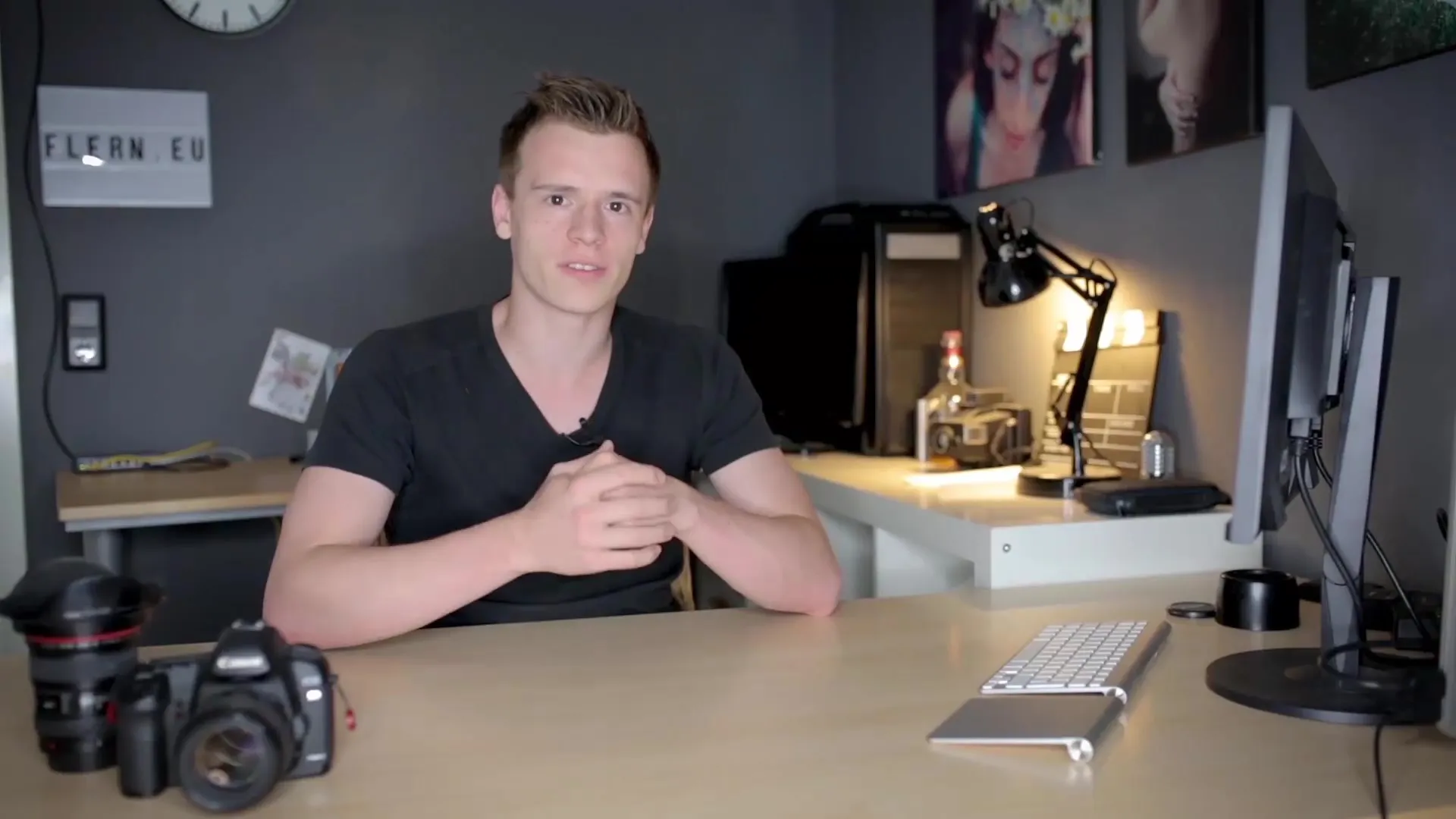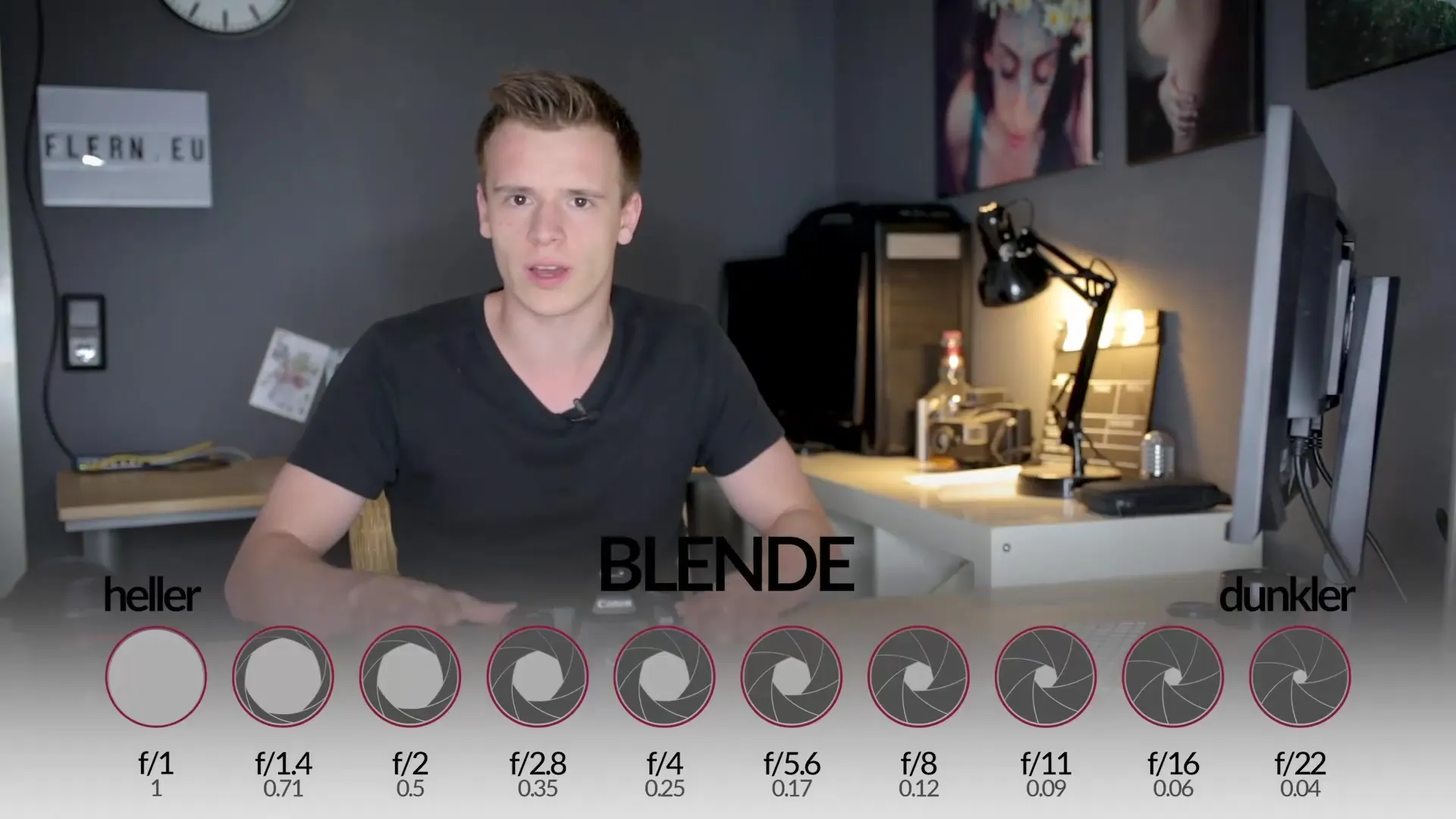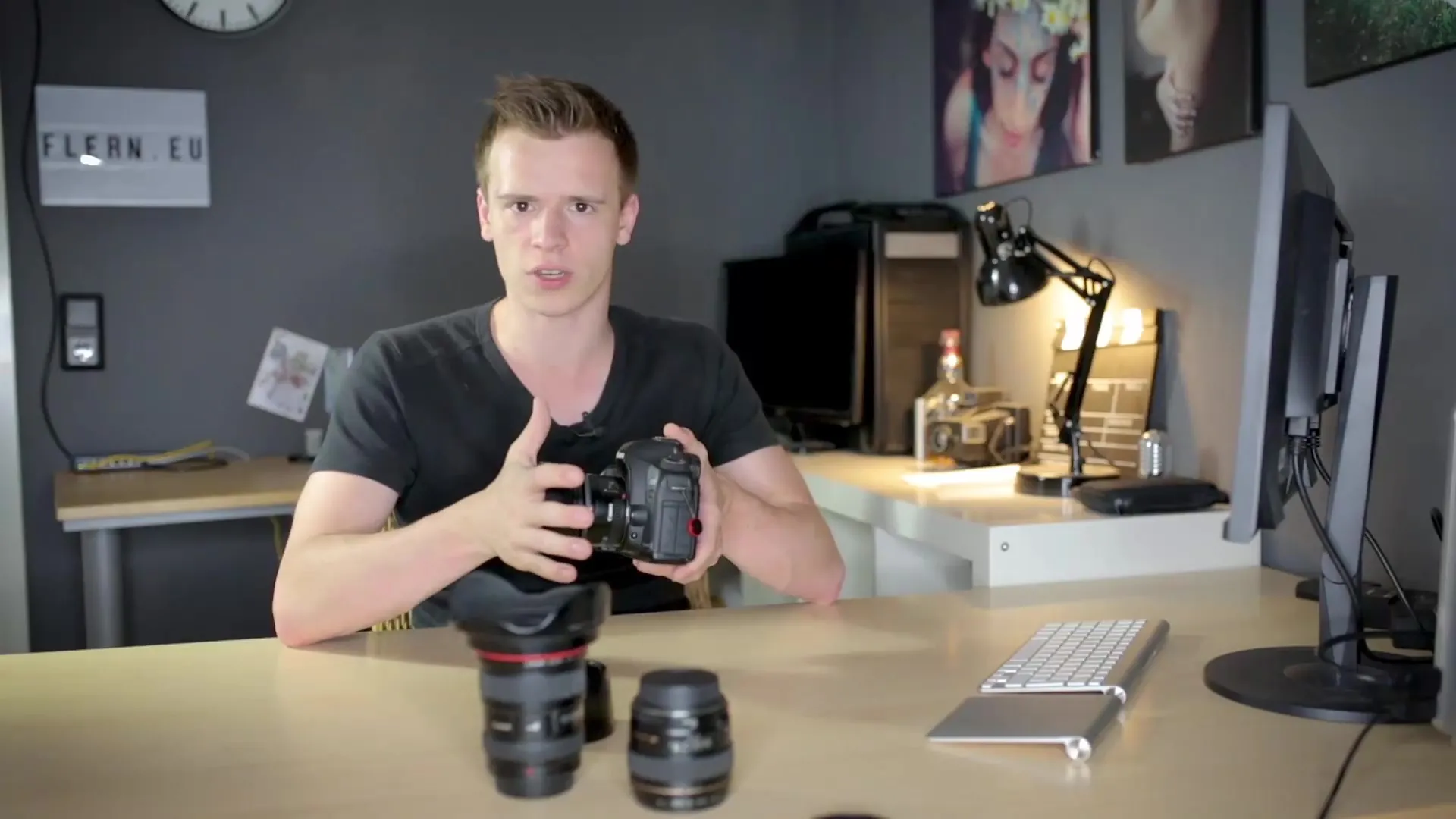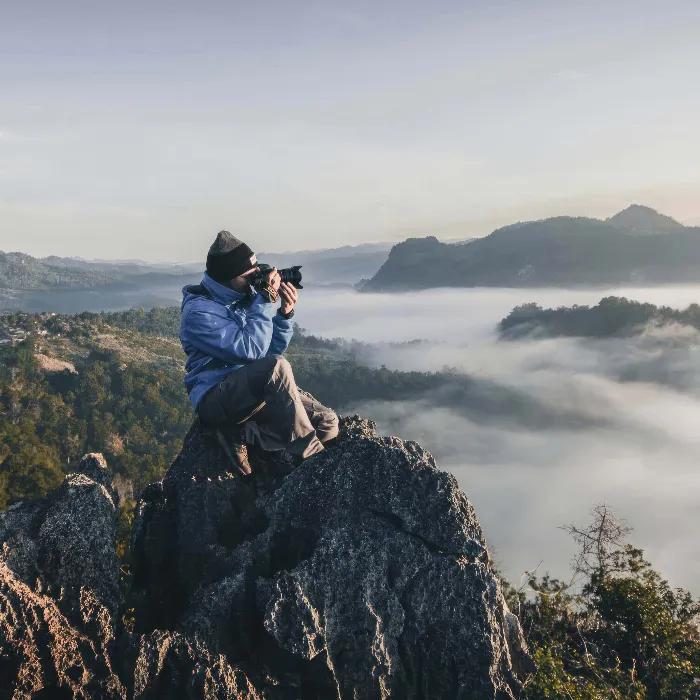Introduction
Photographyis much more than simply pressing a shutter button. A central aspect that adds vibrancy and depth to your images is the aperture. It plays a crucial role in every shot, influencing not only brightness but also sharpness and the depth of field. Let’s dive into the world of aperture and how you can master it for your photography.
Key Insights
- The aperture regulates the brightness of the image.
- The smaller the aperture value, the larger the opening and the smaller the depth of field.
- An open aperture creates blurry backgrounds for portrait and macro photography.
- The depth of field is influenced by the distance to the subject and the focal length of the lens.
- High-quality lenses usually offer larger aperture openings.
Understanding and Using Aperture
The aperture is a diaphragm ring in your camera's lens and works similarly to the pupil of a human eye. In bright light, such as on a sunny day, the pupil constricts and lets in less light, while it dilates in darker environments. The same principle applies to your camera's aperture.

Step 1: Aperture Values and Their Effect
For beginners, the concept of aperture values can be confusing. Remember: The smaller the aperture value, the larger the aperture opening, allowing more light to pass through. Conversely, higher values result in a smaller opening and therefore less light. Aperture is usually indicated by numbers like f/2.8, f/4, f/8, etc.
Step 2: The Primary Function of Aperture – Brightness
Besides controlling depth of field, the primary function of the aperture is to regulate exposure. You can use the aperture in conjunction with shutter speed to achieve the ideal brightness for your image. A good trick for beginners is to create an aperture reference guide that you can have on hand while shooting in the field.

Step 3: Setting the Depth of Field
An exciting element of photography is the depth of field. This area influences which object in your image appears sharp and which appears blurry. With open apertures (e.g., f/2.8), the depth of field becomes smaller – ideal for portraits, separating the subject from the background. The image becomes focused and highlights the main subject.
Step 4: Experiment with Different Apertures
Changing the aperture directly affects the look of the image. Let your creativity flow and photograph the same subject multiple times with different aperture values. You will quickly notice the difference in depth of field and understandhow much background blur you can achieve.
Step 5: Choosing the Right Lens
The choice of lens plays a crucial role in determining the maximum aperture. For beginners, prime lenses like the 50mm f/1.8 are ideal, as they often offer larger apertures and can help you achieve stunning blur effects. Zoom lenses typically have smaller maximum apertures because their construction requires longer focal lengths.

Step 6: Utilizing Physiological Distances
To create the desired background blur effect, play with the distance between your subject and the background. The further the background is from the subject, the blurrier it becomes, even with smaller aperture values. When working with telephoto lenses, this effect is further enhanced.
Step 7: Considering Sensor Size
Another factor that influences depth of field is the size of your camera's image sensor. Larger sensors allow for a smaller depth of field, resulting in more background blur. In contrast, smartphones typically have smaller sensors, which often limits such effects.
Conclusion on Aperture: From Beginners to Pros
Summary - The Art of Aperture: Photography Made Easy
In this guide, you learned how to effectively use the aperture to control light and blur. It is important to experiment with different apertures and subjects to fully exploit your camera's potential. Learn to build on your skills and develop your own style in photography.
FAQ
How does the aperture affect exposure?The aperture regulates the amount of light that hits the sensor, thereby affecting the exposure of the image.
What is depth of field?Depth of field describes the area of an image that is sharply rendered, while other parts are out of focus.
How do I achieve blurry backgrounds?A blurry background is achieved through an open aperture and is influenced by the distance between the subject and the background.
What are the best lenses for portraits?Prime lenses like the 50mm f/1.8 are recommended as they provide large apertures for nice background blur.
How does the image sensor affect photos?A larger image sensor reduces the depth of field, allowing for more background blur, which is particularly advantageous for portraits.


